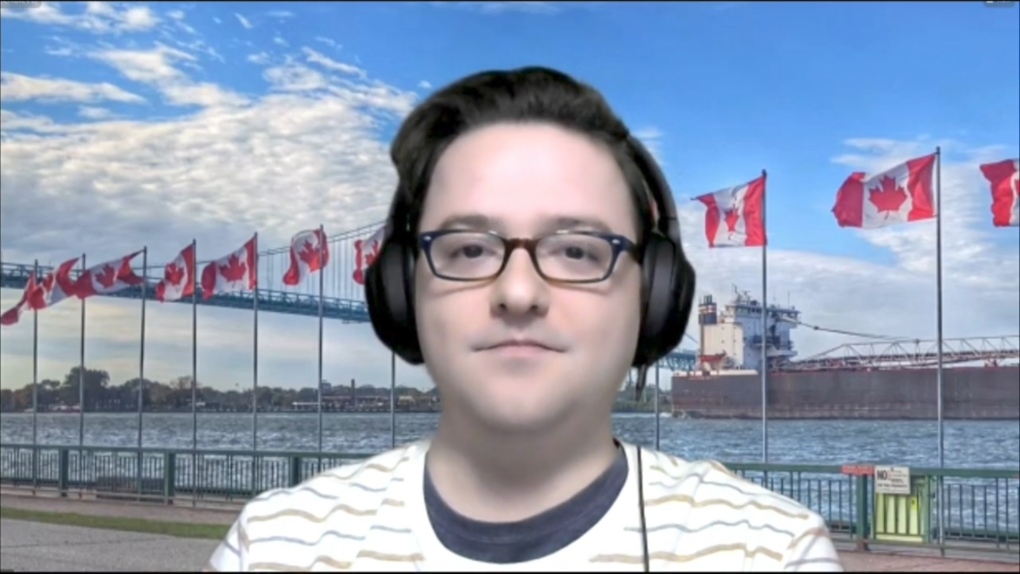
Some in Windsor-Essex say the recent changes to Ontario’s testing guidelines are indicative of a system that has collapsed, leaving out many people who would’ve needed a PCR test to confirm their COVID-19 status.
“We have a government here that is seemingly telling us there’s nothing more they’re able to do. There’s not any capacity for testing. There’s not any capacity for tracing,” said Jon Liedtke, a panelist on the Rose City Politics podcast.
Effective Dec. 31, publicly-funded PCR tests are available only to high-risk individuals who are symptomatic or at risk of severe illness from COVID-19.
“It’s pretty surprising to see the new strategy that is being implemented here. With rapid testing, at first, we saw the ‘Hunger Games’ situation before the holidays kicked in. Now, we’re dealing with not being able to get the PCR testing unless you are a highest-risk individual,” Liedtke added.
“So it really makes it difficult for individuals to be able to assess their risk factor.”
Those with mild or no symptoms are being asked not to get tested. The measures are meant to ensure that those who most need a test can get one quickly. But that also means daily case counts will no longer serve as an accurate reflection of community spread.
“We have a finite capacity for the testing, a maximum number of 100,000 tests a day. Over 30 per cent today are positive already,” Ontario’s chief medical officer of health Dr. Kieran Moore said early Friday.
For Windsor West MPP Lisa Gretzky, there was far more the province could have done to ensure capacity issues do not strain people’s ability to access PCR and rapid tests, such as pushing for the reopening of the Windsor Public Health Lab that was commissioned in 2010 and could have processed COVID-19 tests locally, and providing rapid tests to all Ontarians free of charge.
“The whole idea of testing and tracing up until this point has just caused an immense amount of confusion and frustration for people,” she said.
Gretzky added the restrictions in testing have led to private clinics popping up in the Greater Toronto Area, offering PCR tests for as much as $350 in exchange for results in one day.
That’s something Gretzky said should not be happening and could have been avoided if the province had built up capacity within Ontario’s hospitals.
The Ontario NDP is calling for the province to reverse its decision to restrict testing for the majority of residents, saying we need to “ramp testing up” not “cut people off.”
“People are concerned that, without having proof of a positive COVID test, that they’re not going to be able to have those (three paid sick) days off that they need provided by their employer,” said Gretzky.
“There are employers who are very concerned that, if they follow what they are expected to do and give their employees the three paid sick days, when they go to claim reimbursement, they’ll be denied that because there’s no proof of a positive test.”
The Ford government said it plans on distributing rapid tests to the general population level but is not likely to have the supply to do so until, at least, mid-January.
The province is also shortening isolation guidelines, with fully vaccinated people and children under 12 now required to isolate for five days following the onset of symptoms, rather than ten.
“We don’t have to test everybody. If you have the symptoms, a fever, a cough, runny nose, sinus congestion, sore throat, fatigue, muscle aches, you have COVID-19 just by those symptoms alone and should isolate for those five days,” said Moore.
But for people living in Windsor such as Liedtke, there’s no excuse for capacity issues to be straining PCR and rapid test supply when the pandemic – which started locally in March 2020 – is now extending into 2022.
“How did we get to this point in the pandemic two years in, where we weren’t prepared for there to be some kind of massive surge? Now, we’re at this point where they’re throwing up the white flag. It’s incomprehensible,” said Liedtke.
“If we’re all sort of left in this lurch as to what to do, why this is happening, when we get out of this, then something is not being communicated here.”


Leave a Reply